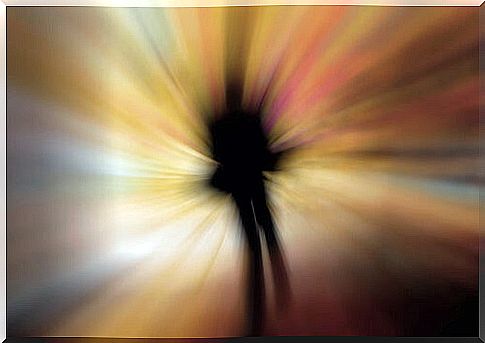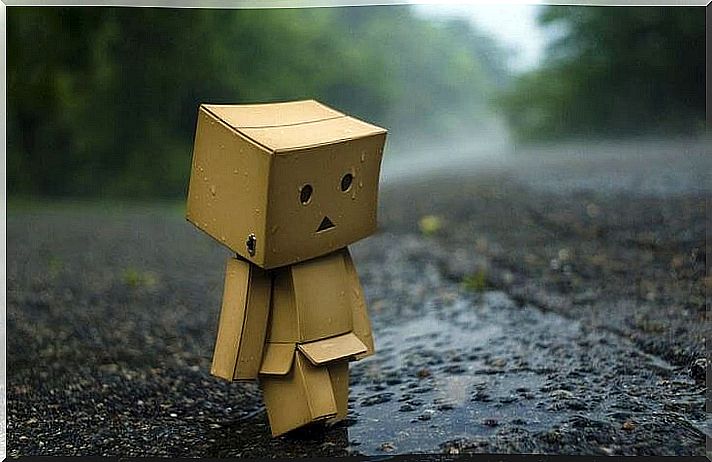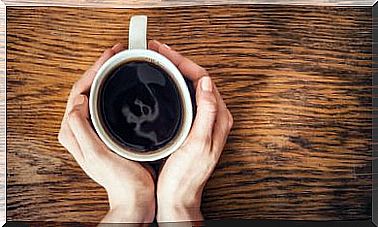The Intolerance Of Uncertainty, The Heart Of Depression And Anxiety

Intolerance of uncertainty is part of the essence of depression and anxiety. Its genesis and birth could well be explained because, in part, we do not accept changes as positive and constructive.
Intolerance of uncertainty plays a key role in our tendency to worry excessively. The way we have to assume the uncertain, the unknown and the indeterminate can affect our emotional state, even leading us to favor the appearance of emotional problems such as anxiety and depression.
Sometimes we seem allergic to new things, to changes and their implications. We are afraid to assume that everything is not going to be as it has been until now, which leads us to close down and not pay attention to other possibilities that can lead to improvement.

What is and on what is the intolerance of uncertainty based?
By definition, intolerance to uncertainty is a personal characteristic consisting of negative beliefs about uncertainty and what it entails. Recent evidence suggests that it is future-oriented, not being the same as intolerance of ambiguity, which is understood to affect the present moment.
Thus, we can highlight that it is represented by two dimensions:
- Future-focused intolerance is the thought that unforeseen events bother us a lot. These types of reasoning patterns are especially considered specific vulnerability factors for anxiety and depression problems.
- Inhibitory intolerance: when the smallest doubt blocks us and makes us stop what we were doing. This specific factor is usually present in pathologies such as OCD.
Intolerance of uncertainty is a transdiagnostic concept that is increasingly being taken into account when assessing emotional problems such as anxiety and depression. Understanding its value helps us to tackle in a more effective way all those thoughts and emotions that destroy us inside, creating enormous discomfort.

The importance of making our thinking more flexible
In this sense, we must emphasize that the search for absolute certainty does not lead to anything other than unhappiness. Not everything is cause and effect. In fact, in life there is nothing absolute, far from it. We all tend to ask ourselves questions like: what if these pains were symptoms of cancer? What would happen if you couldn’t find a job with good conditions?
Both the answer we give ourselves to these types of questions and the frequency and type of events that suggest them are decisive when considering this trend as a dangerous habit. People with depression, anxiety or problems of this type tend to be more catastrophic and negative than the rest.
We react strongly to uncertainty because we are sick of certainty. We love to have everything planned, which often leads us to erroneously overestimate the negative consequences of those events that we know little about or that, in some way, do not conform to the expectation that we see as “normal”.

Learn to tolerate uncertainty
Attempting to increase certainty lowers tolerance for uncertainty and leads to increased concern. On the contrary, increasing tolerance for uncertainty leads to reducing worry. This is synonymous with being more flexible.
We can really learn to tolerate uncertainty better, because after all it is a habit that can be worked on. First, we can examine the reaction we have to situations that we do not know. Later, we will try to make ourselves explicitly involved in the possibility that the event itself occurs in many ways that do not exactly match our expectations.
Because if not tolerating uncertainty makes us stiffer and more unhappy, tolerating it can help us to be more flexible and therefore happier.

Source of interest for specialists:









